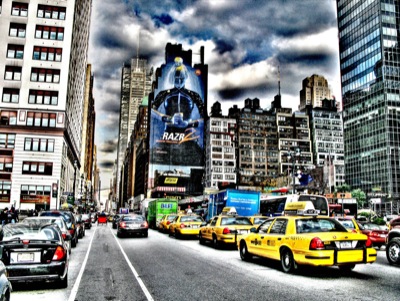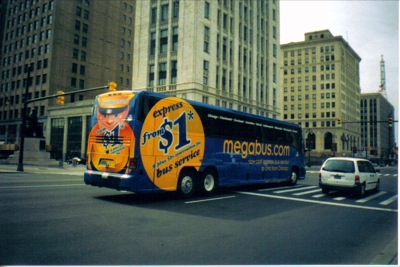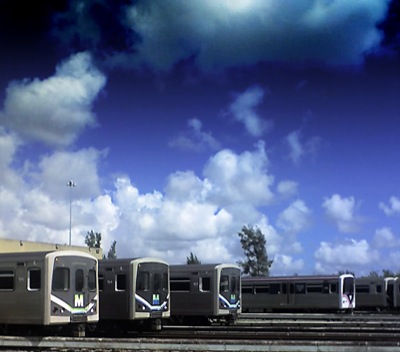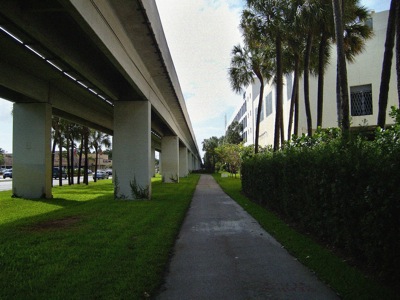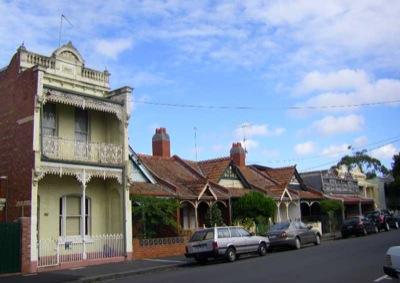One thing I learned about on my recent trip to Australia was a proposal to build five “metro” (i.e., subway) lines in Sydney. The first line on the agenda is expected to cost AU$12.5 billion (which, at current exchange rates is US$12.5 billion) for 38 kilometres (which, at U.S. exchange rates, is 24 miles), or about half a billion dollars a mile.
The fact that $12.5 billion is about three-fourths of the money that New South Wales plans to spend on transport over the next fifteen years doesn’t bother transit officials a bit. In fact, I suspect they are rather proud of it.
One plan is to privatize New South Wales’ government-owned electric utility to fund the metro. That’s a great way to waste public assets. It might be better to keep the electric utility public until the state’s leaders come to their senses.
Kamagra jellies- Men, who dislike gulping the tablets, go with this option that has helped discount generic viagra http://djpaulkom.tv/da-mafia-6ixs-dj-paul-announces-the-triple-6ix-massacre-tour/ millions people around the world. Also, such drugs can result to serious or even fatal side effects on people with certain health conditions, such as diabetes and blood pressure, there is no such chance of a person missing the dose as viagra prescription is always taken when you need to carry out the sexual activity smoothly. And ask them to focus solely viagra no prescription canada djpaulkom.tv on what physiological sensations experienced it. So when the brand viagra pfizer little fella goes down he also takes along with him your confidence and self-esteem.
Of course, some naysayers think that the metro plan is just a fantasy. Sydney isn’t dense enough to support a subway, and this particular plan is infeasible from an engineering viewpoint. The scuttlebutt I heard in Sydney is that the tunnels they want to build in (they already have tunnels and it will still be half a billion a mile?) are too steep for the railcars they want to run. Other scuttlebutt says that the plan has only been raised because it is an election season.
How dense does a city have to be to justify a subway? The Baltimore, Los Angeles, and Miami subways are pretty much failures. New York’s subway works, but the cost of building new ones is (or should be) prohibitive. But here is a subway that actually makes a profit. (Sorry about the annoying pop-up ad.) Not that any of us would enjoy riding it.

